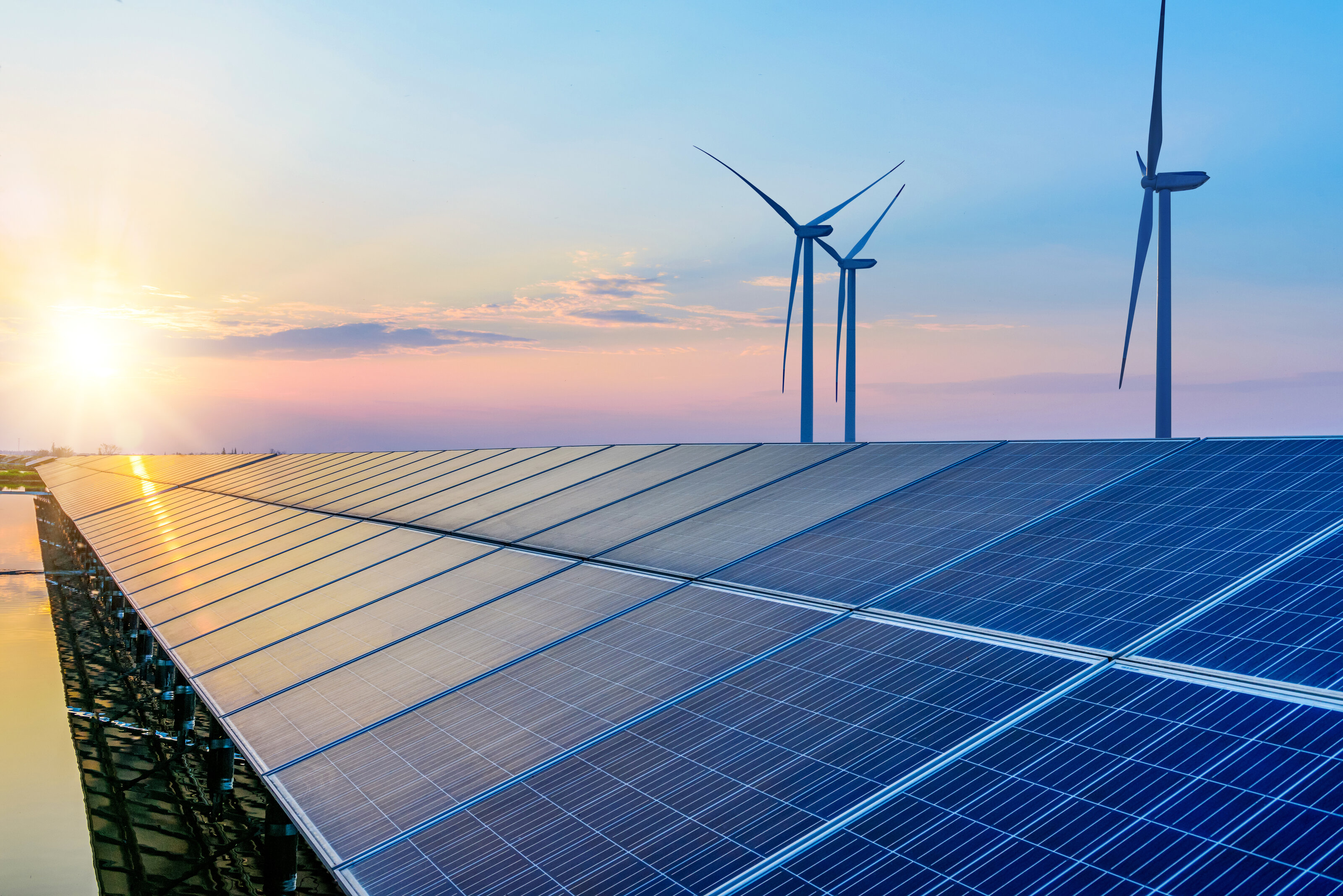Taking responsibility – living responsibility Corporate social responsibility


Environmental, economic, and social sustainability together form the key to a world of tomorrow that’s worth living in. Corporate responsibility in all ESG areas – environmental, social, and governance – is also a high priority for the Stabilus Group.
That’s why we are assessed by three rating agencies that reflect our stakeholders and the most relevant ESG issues in a particular way: CDP, Ecovadis, and Sustainalytics. The goal is to achieve the top ratings in sustainability by 2030. To do so, we will be consistently implementing a set of measures that have already been planned out.

Sustainable Development Goals – with relevance to corporate policy
Stabilus has committed itself to six United Nations Sustainable Development Goals (SDGs) that can be directly influenced by corporate policy: quality education, gender equality, clean water and sanitation, decent work and economic growth, responsible consumption and production, and climate action.
We are focusing on the following areas in particular:
- CO2 emissions
- Energy consumption and management
- Water consumption and management
- Occupational safety
- Diversity (e.g., women in leadership positions)
- Attracting and training skilled employees
- Sustainability in the value chain
- Compliance
Please also read our sustainability statement.

“We walk the talk” – from the plan to concrete measures
When it comes to responsibility toward our employees, it’s not just occupational safety and the respect for human rights along the entire value chain that are near to our hearts. Our goal is also to make our contribution toward fulfilling, motivating work.
With regard to greenhouse gas emissions, we have defined CO2 reduction targets to be achieved by 2030 in three stages: -42% of Scope 1 and Scope 2, and an additional -25% of Scope 3.Furthermore, we have defined a Net Zero target to be achieved by 2050. In setting the climate targets, we have followed the principles of the Science Based Targets initiative (SBTi).
All sites worldwide are following a clear roadmap for this. It includes direct savings in natural gas and electricity, determination of the carbon footprint of our products, CO2 reductions in new research and development projects, and measures for CO2 reduction within the value chain.
-
Key facts

The Stabilus Group is one of the world’s leading providers of systems and solutions in motion control. Our approximately 6,500 employees achieved a global sales revenue of 1.1 billion euros in 2022. 32 sites in 18 countries substantiate our claim of strong regional customer service.
-
Compliance at Stabilus

Fair, sustainable, and with regard for human rights – our Code of Conduct and adherence to the Supply Chain Act set out clear guidelines for our corporate actions. Important: Actual or suspected violations of our regulations can be submitted as an anonymous tip via our whistleblower portal.
-
Investor Relations

Detailed information about our financial reports, financial calendar or, for example, our Annual General Meetings can be found in the Investor Relations section.